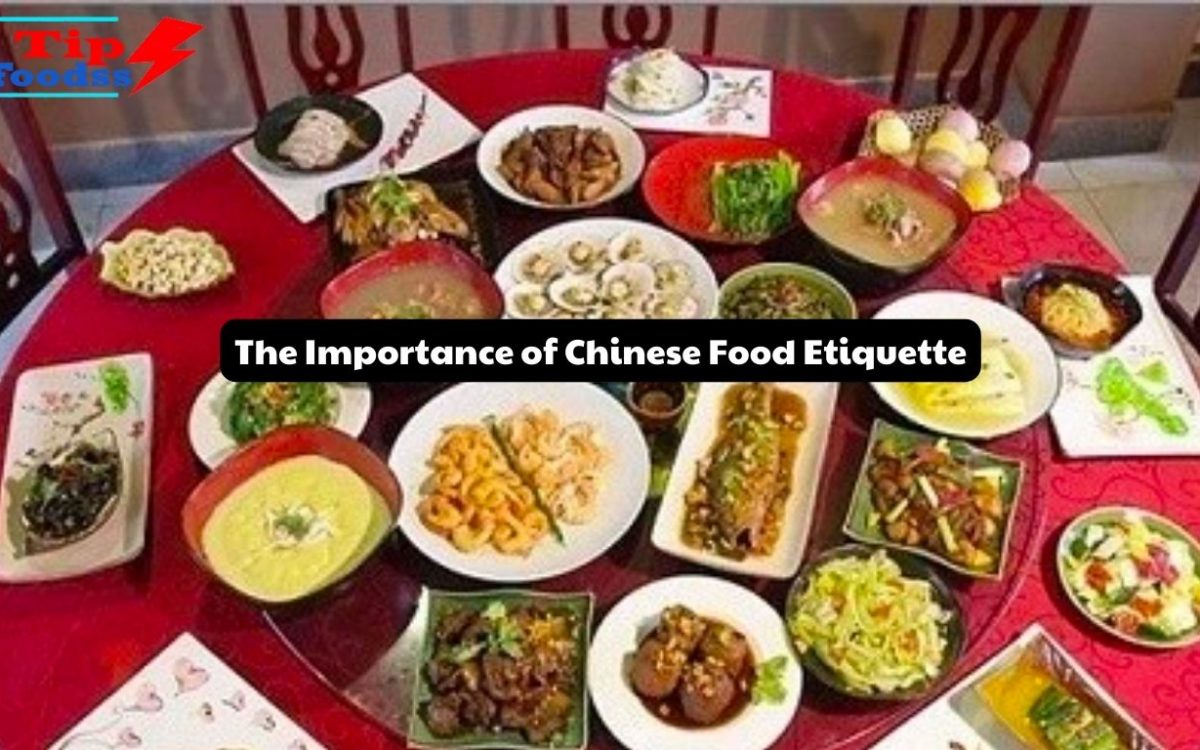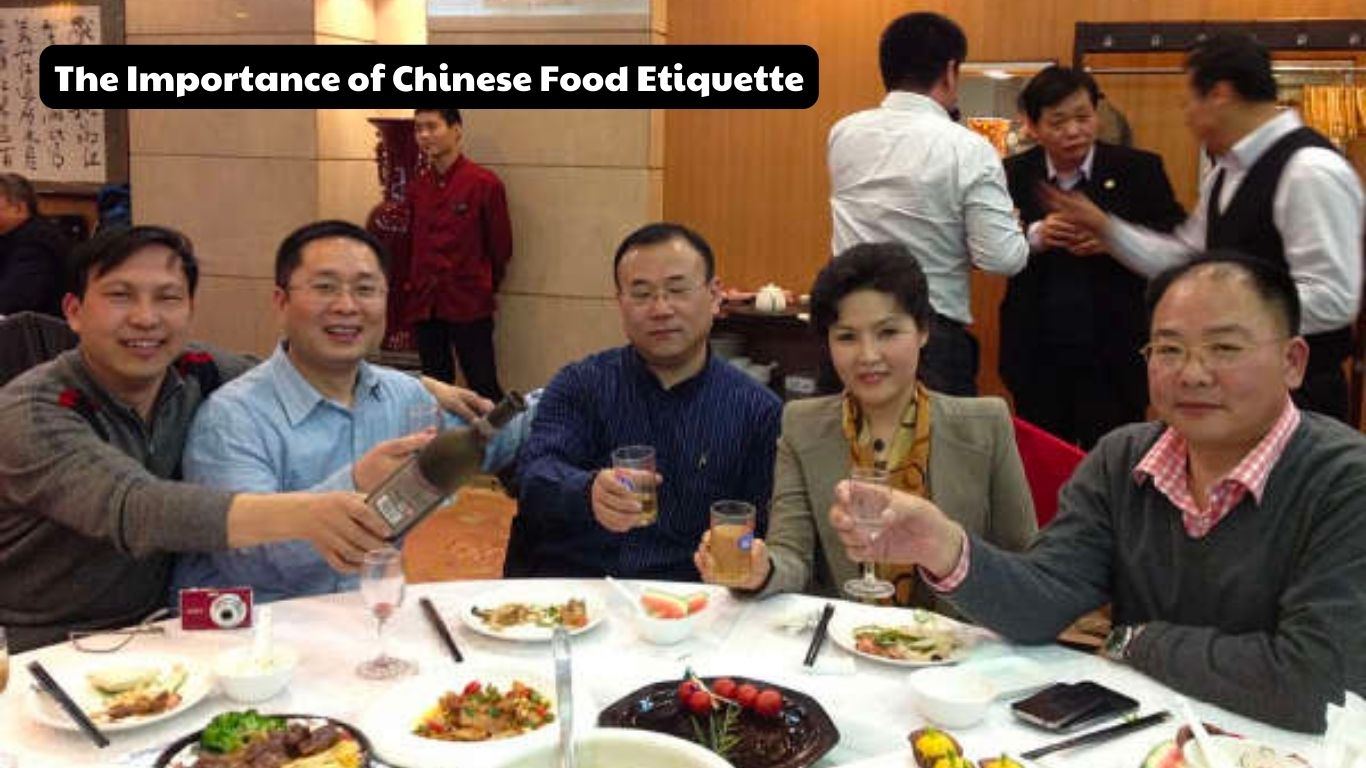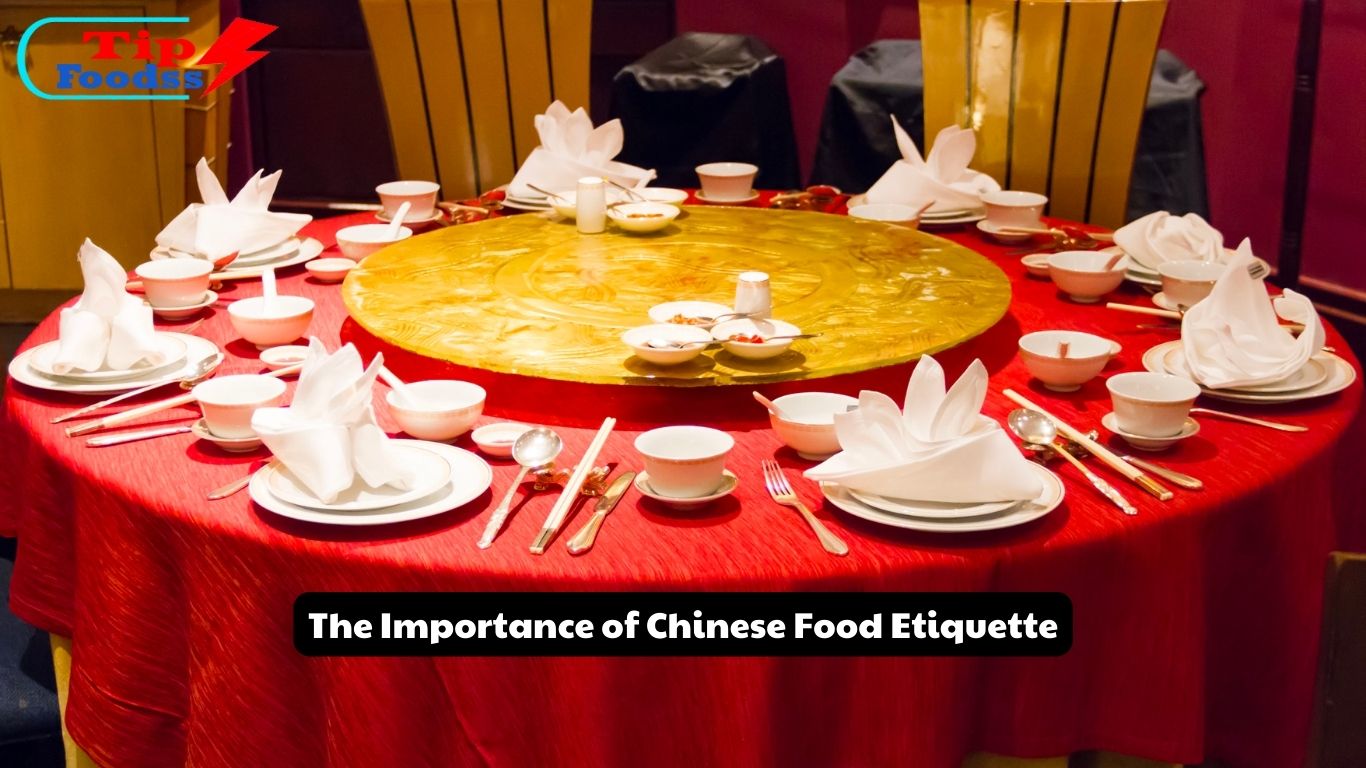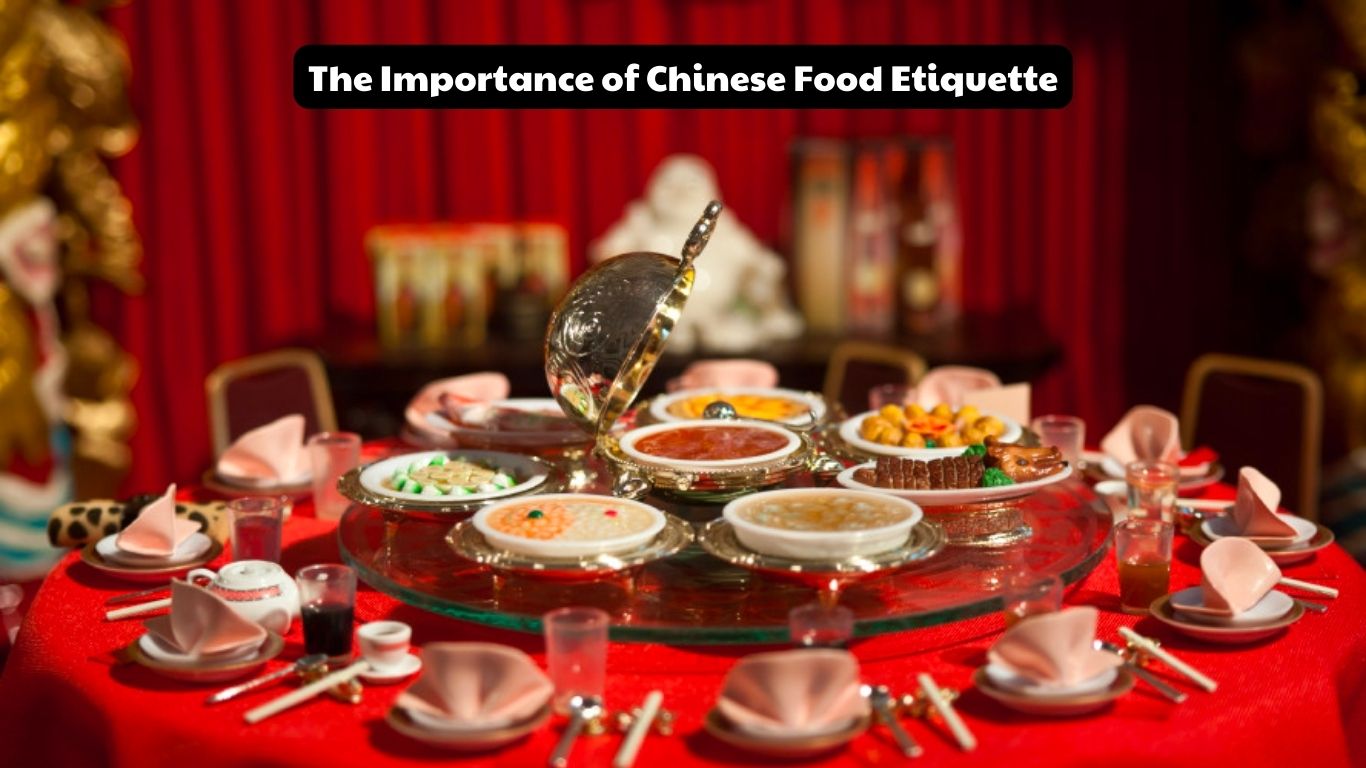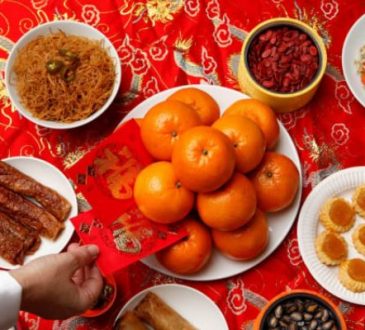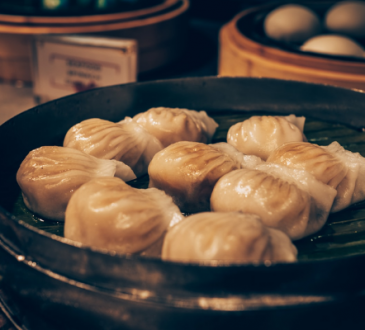The Importance of Chinese Food Etiquette: A Guide to Proper Dining Manners
The rich variety of tastes, elegant presentation, and profound cultural importance of Chinese food are honored. Chinese meal etiquette must be understood and followed in order to properly enjoy and respect the traditions and rituals that surround dining in Chinese culture, in addition to the cuisine’s inherent deliciousness. Every element of Chinese food etiquette, from the way meals are shared to the usage of chopsticks, has a symbolic importance and represents the ideals of harmony, respect, and social interaction. In order to provide a more meaningful and pleasurable culinary experience, Tipfoodss will discuss the significance of Chinese food etiquette and offer a thorough guide on appropriate eating manners in this article.
The Importance of Chinese Food Etiquette
- The Significance of Chinese Food Etiquette
Chinese food etiquette is deeply rooted in the country’s rich cultural heritage, reflecting its history, philosophy, and social dynamics. It serves as a way to show respect, foster harmony, and strengthen social bonds during communal meals. By adhering to proper dining manners, one not only demonstrates courtesy but also gains a deeper understanding of Chinese traditions and values.
- Seating Arrangements and Order of Service
In Chinese dining, seating arrangements and the order of service are carefully considered. The host typically occupies the seat facing the entrance or with the best view, while guests are seated in order of seniority or importance. The order of serving dishes follows a specific protocol, with the most elaborate and prized dishes presented first, followed by less prominent ones. Understanding and respecting this hierarchy is crucial to maintaining a harmonious dining atmosphere.
- Table Etiquette and Utensils
When it comes to table etiquette, there are certain practices to observe. In Chinese dining, it is customary to keep one’s hands visible above the table and refrain from resting elbows on it. Chopsticks are the primary utensils used, and mastering their proper use is essential. It is considered impolite to point with chopsticks, spear food, or use them to play with dishes. Instead, use them for selecting and transferring food to the bowl or plate. It is also customary to use serving spoons or communal chopsticks when taking food from shared dishes.
- Sharing and Serving Dishes
Chinese dining is characterized by the communal sharing of dishes, emphasizing the idea of unity and togetherness. When sharing food, it is courteous to offer dishes to others before serving oneself. Refraining from taking the last piece of a shared dish is also considered polite, as it shows consideration for others’ enjoyment. Additionally, it is customary to serve others before serving oneself as a gesture of respect and hospitality.
- Drinking and Toasting
In Chinese dining culture, toasting plays a significant role in social interactions. When making a toast, it is customary to hold the glass or cup with both hands as a sign of respect. The host often initiates the toasting, and guests should respond accordingly. It is polite to take small sips and not finish the drink in one gulp, as multiple toasts are common throughout the meal. Toasting is not just about the act of drinking but also about fostering connections and expressing goodwill.
- Proper Use of Tea and Tea Etiquette
Tea is an integral part of Chinese dining culture and holds a special place in etiquette practices. The host often serves tea as a gesture of hospitality, and it is customary to pour tea for others before refilling your own cup. When someone pours tea for you, it is polite to tap your fingers on the table as a way of expressing gratitude. Understanding the different types of tea and their significance adds another layer of appreciation to the dining experience.
- Politeness and Consideration for Others
Respecting others and showing consideration are fundamental aspects of Chinese food etiquette. It is essential to maintain a calm and respectful demeanor at the table, refraining from speaking with a full mouth or making loud noises while eating. Engaging in polite conversation, showing interest in others, and expressing appreciation for the food and hospitality are gestures that contribute to a harmonious dining atmosphere.
- Cultural Sensitivity and Awareness
When dining in a Chinese setting, it is important to be culturally sensitive and aware of local customs and traditions. Familiarize yourself with basic greetings, common phrases, and proper forms of address to show respect to your hosts and fellow diners. Taking the time to understand and appreciate the cultural nuances will enhance your dining experience and leave a positive impression.
- Adaptability and Open-Mindedness
Chinese food etiquette may vary across different regions and subcultures within China. It is essential to be adaptable and open-minded, embracing the diversity and differences that exist in Chinese dining customs. Being receptive to new experiences and approaches to dining will enrich your understanding of Chinese culture and allow for a more enjoyable and authentic culinary journey.
- The Essence of Chinese Food Etiquette
Chinese food etiquette is not merely a set of rules; it embodies the essence of Chinese culture and values. By practicing proper dining manners, one demonstrates respect for tradition, fosters harmonious interactions, and deepens their connection to the culture. It allows individuals to immerse themselves in the rich tapestry of Chinese culinary heritage and appreciate the significance of each dish, the symbolism behind certain practices, and the importance of communal dining.
Conclusion
Understanding and adhering to Chinese food etiquette is not only a matter of politeness but also an opportunity to connect with the cultural traditions and values of China. By following the proper dining manners, individuals can show respect, foster harmony, and strengthen social bonds during shared meals. From seating arrangements to the use of utensils, every aspect of Chinese food etiquette carries symbolic meaning and contributes to a more meaningful and enjoyable dining experience.
Next time you sit down for a Chinese meal, remember to embrace the customs and traditions of Chinese food etiquette. By doing so, you will not only demonstrate your appreciation for Chinese culture but also enhance your own culinary journey as you delve into the flavors, traditions, and social dynamics that make Chinese cuisine so remarkable.

